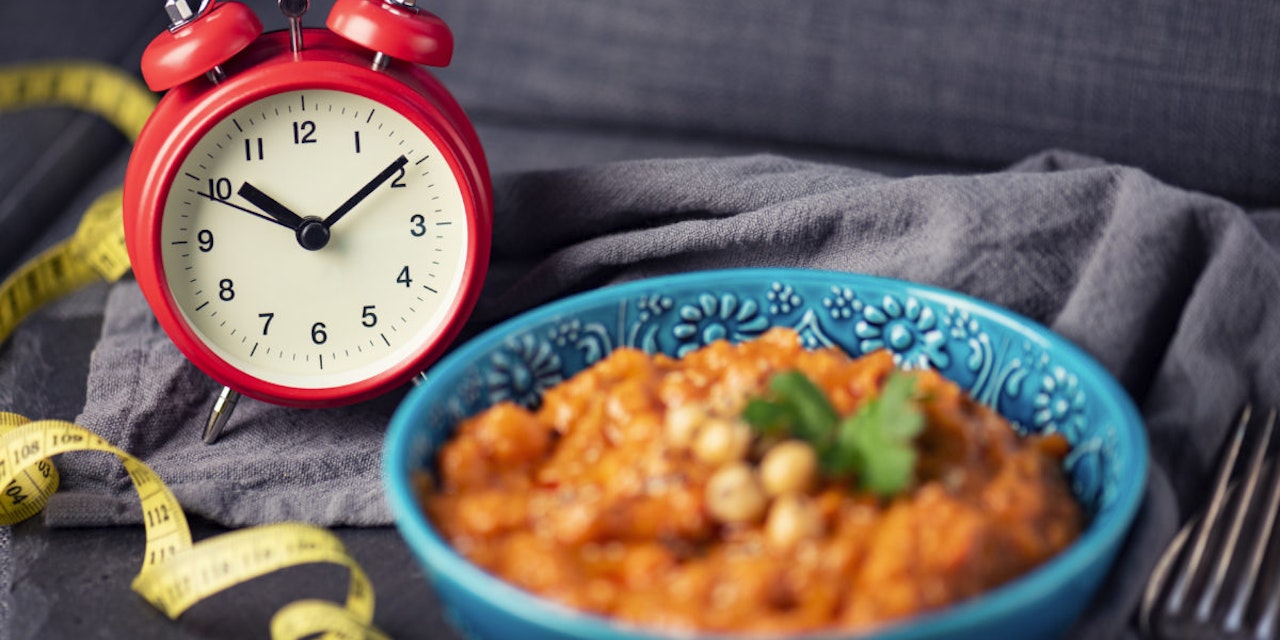All about Fasting
5:2 Two days on, five days off. This type of intermittent fasting is great for people who don’t want to lose their lifestyle when dieting. Two da…
- Published: 12/9/2019
- Categories:
- 3 min. read

- Published: 12/9/2019
- Categories:
- 3 min. read
What do you think of when you hear the word fasting? I’m sure that at this point you’ve at least heard the word, but what does it mean to you?
Fasting is a fairly ancient practice. According to Encyclopedia Brittanica (https://www.britannica.com/topic/fasting), it’s been used since around the 5th century BCE, so it’s nothing new.
Back then, it was used as a means to rest certain types of illnesses, and people were essentially told not eat or drink some or all things for a specific length of time, or at certain times regularly.
There are a few different ways of fasting: 1) Liquid fasting, which is when you skip food and get all your nourishment through liquids, like juices or shakes; 2) Fasting from specific food groups, like on the keto diet or on whole30; and 3) intermittent fasting, arguably the most popular type of fasting today.
Intermittent fasting, as it sounds, is when you fast at certain intervals. The most well-known intermittent fasting types are 5:2, 6:1, and 16:8. Lets break them down really quickly.
5:2

Two days on, five days off. This type of intermittent fasting is great for people who don’t want to lose their lifestyle when dieting. Two days a week you limit yourself to 500 calories, for the other five days of the week, you eat the normal daily recommended calories.
6:1

One day on, six days off. This follows the exact same structure as the 5:2 except for the number of days on and off. It’s still great for dieting, but with much slower results. It can also be used as a way to maintain weight loss.
On both 5:2 and 6:1 it’s important to eat the right kinds of food on both fasting and non fasting days. On fasting days, because the calorie intake is so limited, it’s best to eat high fiber, high protein foods which keep you fuller for longer. On non fasting days, it’s important not to binge, but instead to use these days to make sure that you get adequate intake of the nutrients you don’t get as much off on fasting days; eat lots of veggies, and still try to limit your sugar intake.
16:8

This is my personal preferred method. Rather than having days on and off, this is all about timing. You have the daily recommended amount of calories as your calorie goal every day, but you are limited to eating in an 8-hour window (most people choose 11am to 7pm, or thereabouts), and for all the other hours of the day you don’t eat.
It may sound nuts that this is my preferred method, but I think it’s the most realistic for me. Most of the time my mornings are busy anyway, so it’s nice to not have to think about breakfast, and to only factor in lunch and dinner.
So why else try intermittent fasting?

Aside from the flexibility and the weight loss, intermittent fasting offers the potential for a number of great benefits, including:
- Boosted metabolism
- Reduced inflammation
- Lower blood pressure
- Better brain function
- Healthier heart
Are you interested in trying intermittent fasting? Try one of the meal plans in the Lifesum app! There are plenty to choose from and you’ll be guided through each step to make it easier than ever.
All of the content and media on Lifesum is created and published for information purposes only. It is not intended to be used as a substitute for medical advice or treatment. Users should always consult with a doctor or other health care professional for medical advice. If you have or think you are at risk of developing an eating disorder, do not use the Lifesum app and seek immediate medical help.